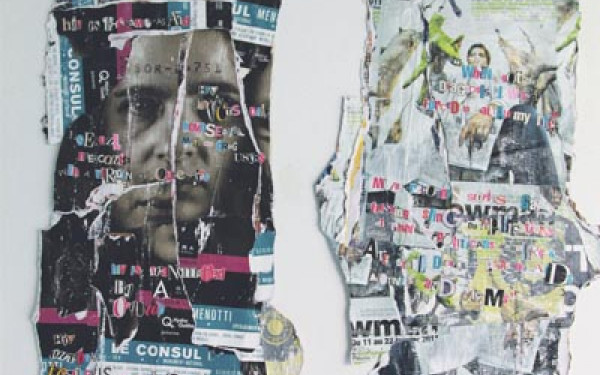Progress for Tomorrow
HIV/AIDS Lecturer Advocates for Safe Injection Sites
“Quebec has been, for many years, a beacon of progressive values,” said Dr. M-J Milloy, epidemiologist from the University of British Columbia.
This statement comes from a time of reflection during his undergrad at McGill, when he saw Quebec as a province that was open to new ideas, eager to embrace new methods of tackling not-so-new issues.
In particular, Milloy focuses his work on one issue that, anecdotally, some say links to Quebec right from its beginning: HIV/AIDS.
He will be returning to Montreal on March 10 to share how he thinks Quebec’s progressive nature can help set a new precedent for HIV/AIDS prevention at an upcoming installment of Concordia’s HIV/AIDS Public Lecture Series.
The Quebec connection stems from the myth of patient zero, a man named Gaëtan Dugas who—it was speculated—first brought the HIV virus into North America during the early 1980s. He was a flight attendant from Quebec City.
In 1984, a Centers for Disease Control and Prevention study published in the American Journal of Medicine explored the origins of HIV in North America, tracing reported cases of the virus back to Dugas. The theory was that Dugas, who was painted as a sexually promiscuous gay man, brought the virus back with him from Africa and subsequently spread it in illicit underground gay bars and bathhouses.
HIV, short for human immunodeficiency virus, weakens the immune system and can develop into the AIDS after an incubation period, if left untreated. The median incubation period, according to the University of California San Francisco, is estimated at about ten years. The disease, acquired immunodeficiency syndrome or AIDS, will then destroy its host’s immune system.
“That host is us,” explained Milloy. Even more direly, he elaborated “the AIDS disease leads to death in 100 per cent of cases.” Since its discovery in 1981 it has been the cause of death for more than 30 million people globally.
The origin of HIV/AIDS in North America has since been disputed—the patient zero theory was dismissed in 2007, as the Proceedings of the National Academy of Sciences published a hypothesis that claimed that the genetic origin of the virus in North America was transmitted from Africa to Haiti in 1966, and then to the U.S. in 1969. What is not disputed is its prominence.
“The tremendous burden of disease is really being borne in Sub-Saharan Africa,” Milloy said. “The death and disruption of AIDS is threatening the stability of their nations. It is obviously different here. What we have in Canada is an epidemic that is really concentrated among particular groups.”
These groups, Milloy elaborated, include some of our most vulnerable, including injection-drug users, as the virus is spread through bodily fluids. In this case, blood.
“At particular risk are … [those] who are unable to access sterile, clean injection equipment and who may be sharing that injection equipment,” he said. Safe injection sites became a lot trickier to obtain under the Conservative federal government, said Milloy, who is an advocate of harm-reduction programs and safe injection sites.
The Respect for Communities Act, or Bill C-2, is an amendment to the Controlled Drugs and Substances Act passed in the summer of 2015. The law states that a separate exemption must be created for activities involving the use of substances that were obtained illegally. In practice, this makes it increasingly difficult to implement harm reduction programs and open safe-injection facilities, such as Vancouver’s Insite.
Another group affected by this law are the indigenous communities of Canada. According to the Public Health Agency of Canada, the individuals living with HIV/AIDS in Aboriginal communities make up 8.9 per cent of the total number of Canadians with HIV. This is despite the fact that indigenous people only make up 4.3 per cent of the population. The agency also reports that injection drug use remains the leading cause of the virus for indigenous carriers.
Safe injection sites, Milloy argues, would show significant positive results, ideally curbing the spread of HIV.
Milloy sees the Montreal audience as one who can embrace these controversial, yet data-driven concepts that will better their society. Looking back at Quebec as an early-adopter of gay marriage, he says, “I think Montreal now has a chance to do things like that again, in terms of providing safe injection sites for its citizens.”
Correction: In a previous iteration of this story, it incorrectly stated that Dr. Milloy’s talk is March 20 when it is March 10. The Link regrets the error.

_900_900_90.jpg)
_600_832_s.png)

_600_375_90_s_c1.jpg)
_600_375_90_s_c1.JPG)

